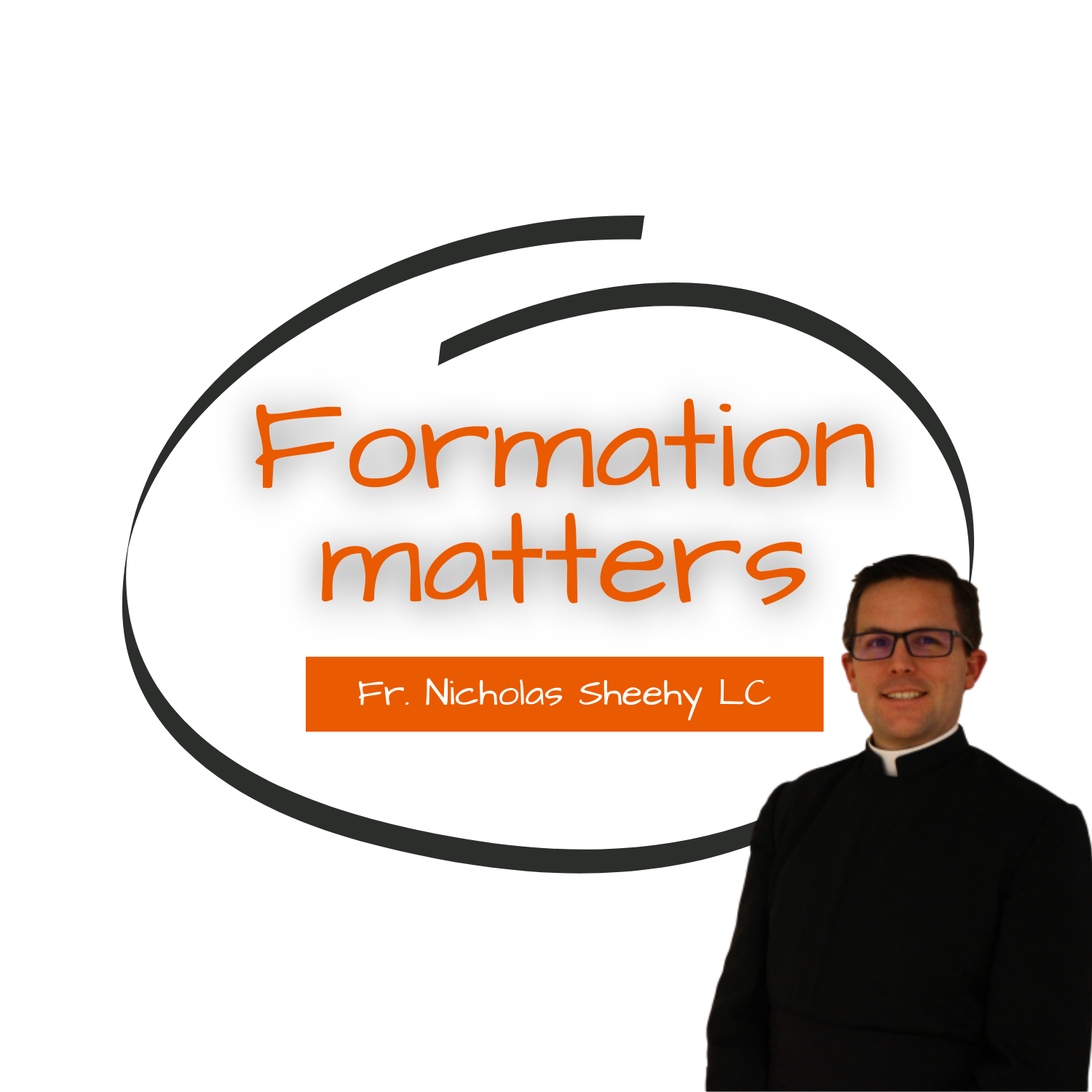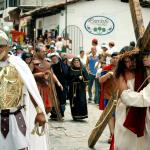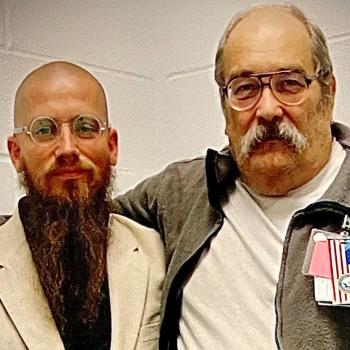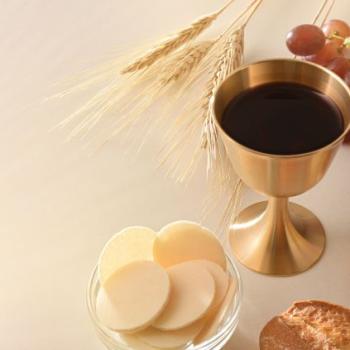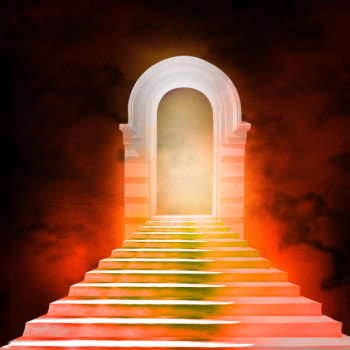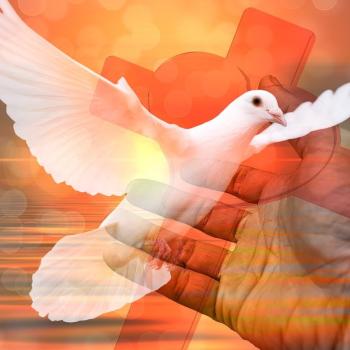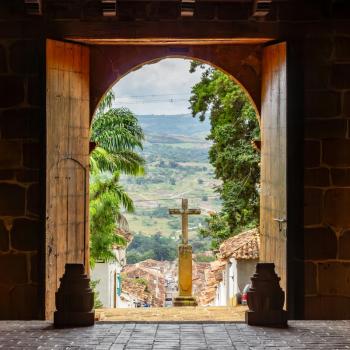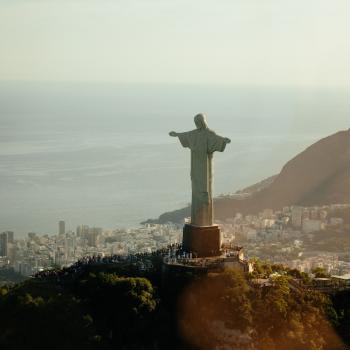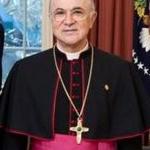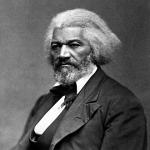The Mass is a mystery. The word “mystery” comes from two Greek words meaning “to shut the mouth.” When we experience mystery, we must stand silent because we cannot explain it fully. Some people like to heighten the sense of mystery in the liturgy, as evidenced by an increase of interest in the Mass celebrated in Latin. The melodious beauty of the language helps to shroud the whole celebration in mystery. Others reject the mystery and do everything possible to make the mass transparent and relevant to the audience, resulting in clunky services devoid of mystery and meaning. The richness of the mass, however, calls for an understanding that it is beyond our understanding.
Curiosity About the World Around Us
Naturally, we desire to have clarity about the world around us. At the same time, we like to recognize the mystery and our inability to wrap our heads around it completely. Especially in religious circles, there is a tendency to acquiesce before the mystery of human existence, especially related to the divine. During the first centuries of Christianity, Roman culture was marked by a rise in ancient mystery cults.
A pendant to the official cults of the Greeks and Romans, mystery cults served more personal, individualistic attitudes toward death and the afterlife. Most were based on sacred stories (hieroi logoi) that often involved the ritual reenactment of a death-rebirth myth of a particular divinity. In addition to the promise of a better afterlife, mystery cults fostered social bonds among the participants, called mystai. Initiation fees and other contributions were also expected (Metropolitan Museum of Art).
Development of the Christian Rites
The rites of the Catholic Mass developed in the context of a world seeking to understand and respect the mystery.. Lumen Gentium speaks about the semina verbi, seeds of truth, present in other religions. The mystery cults were a preparation for the fullness of revelation that would come through Jesus Christ and his Church. Rather than re-enacting a made-up myth with important anthropological and divine truths, the Catholic mass presents to us the sacrifice of Jesus at Calvary. Even though it would be incorrect to say that the Mass developed from the mystery rites, the cultural context and even affected some of the language and understanding of the rites.
As early as the second century we have the witness of St. Justin Martyr for the basic lines of the order of the Eucharistic celebration. They have stayed the same until our own day for all the great liturgical families (Catechism of the Catholic Church, 1345).
Ever Ancient, Ever New
The Mass is ancient, coming from the primitive Church and preserved in our various liturgical traditions. However much we can notice superficial differences between the Roman Catholic rite and the various Orthodox liturgies, they share the same basic parts of the Mass.
The liturgy of the Eucharist unfolds according to a fundamental structure which has been preserved throughout the centuries down to our own day. It displays two great parts that form a fundamental unity:
– the gathering, the liturgy of the Word, with readings, homily and general intercessions;
– the liturgy of the Eucharist, with the presentation of the bread and wine, the consecratory thanksgiving, and communion (Catechism of the Catholic Church, 1346).
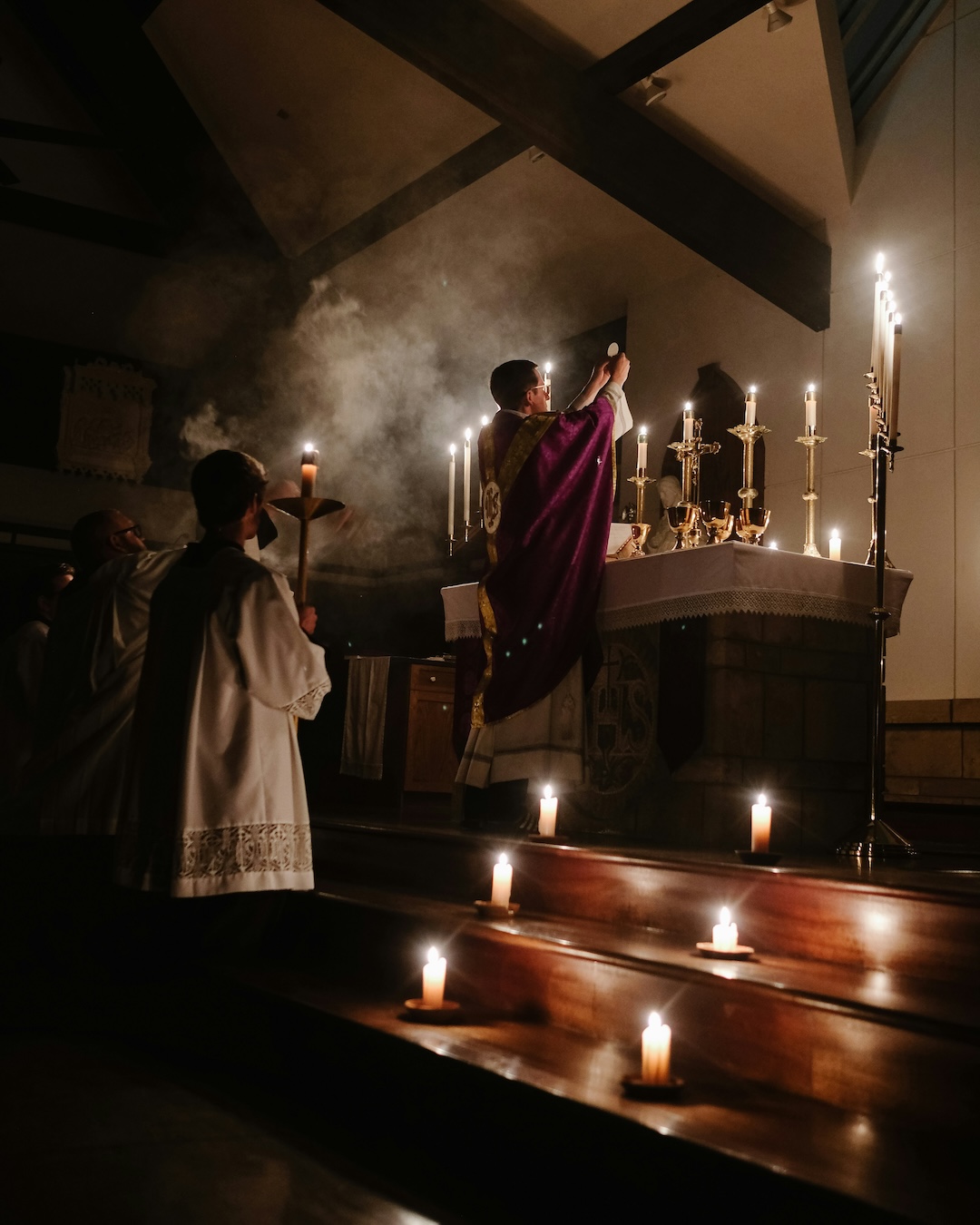
Basic Structure
This basic structure follows the basic structure of the mystery rites and even serves as the basis of what Protestant sects may celebrate at their Sunday gatherings. There are two great sections of the Mass: the liturgy of the Word and the liturgy of the Eucharist. They come together to form a great whole and everything is a help to the Eucharistic Sacrifice. Therefore, it makes sense to begin with the readings to show this unity, since we nourish our minds with the Word of God, which is Christ.
The word of God, constantly proclaimed in the liturgy, is always a living and effective word through the power of the Holy Spirit. It expresses the Father’s love that never fails in its effectiveness towards us (Pope Benedict XVI, Verbum Domini, 52)
By revealing himself to us in his Word, God prepares to unite himself with us through the Celebration of the Eucharist and Holy Communion. The presence of God in the Scriptures prepares us for the Real Presence of Christ in the Eucharist.
From the Word to the Eucharist
The Liturgy of the Word sets up the Liturgy of the Eucharist. By reading from the Old and New Testament, we become aware of the awesomeness of salvation history. We grow in our hunger for God, only to be satisfied by God himself coming down to dwell with us in the tremendous mystery of the Eucharist.
It can never be forgotten that the divine word, read and proclaimed by the Church, has as its one purpose the sacrifice of the new covenant and the banquet of grace, that is, the Eucharist (Pope Benedict XVI, Verbum Domini, 55).
Although the Mass is a mystery, it is not incomprehensible. For every time that we delve into the mystery, we understand a little better God’s message of love to the world and become more aware that the mystery goes beyond our comprehension.
Leading members of Roman society fostered the mystery cults and created an atmosphere of people hungering for God, no longer satisfied with the tired rites of homage to the secular gods created to uphold Roman order. Their disquiet and dissatisfaction set up a world ready to receive the truth of the Gospel and receive the Christian Eucharistic Celebration as the true mystery that opens the way to salvation. When we come to recognize the beauty of the liturgy, we discover something ancient that seems new and fresh to us. It reminds me of the words of St. Augustine in his Confessions.
Late have I loved you, O Beauty ever ancient, ever new, late have I loved you! (St. Augustine of Hippo, Confessions)
Subscribe to the newsletter to never miss an article.


